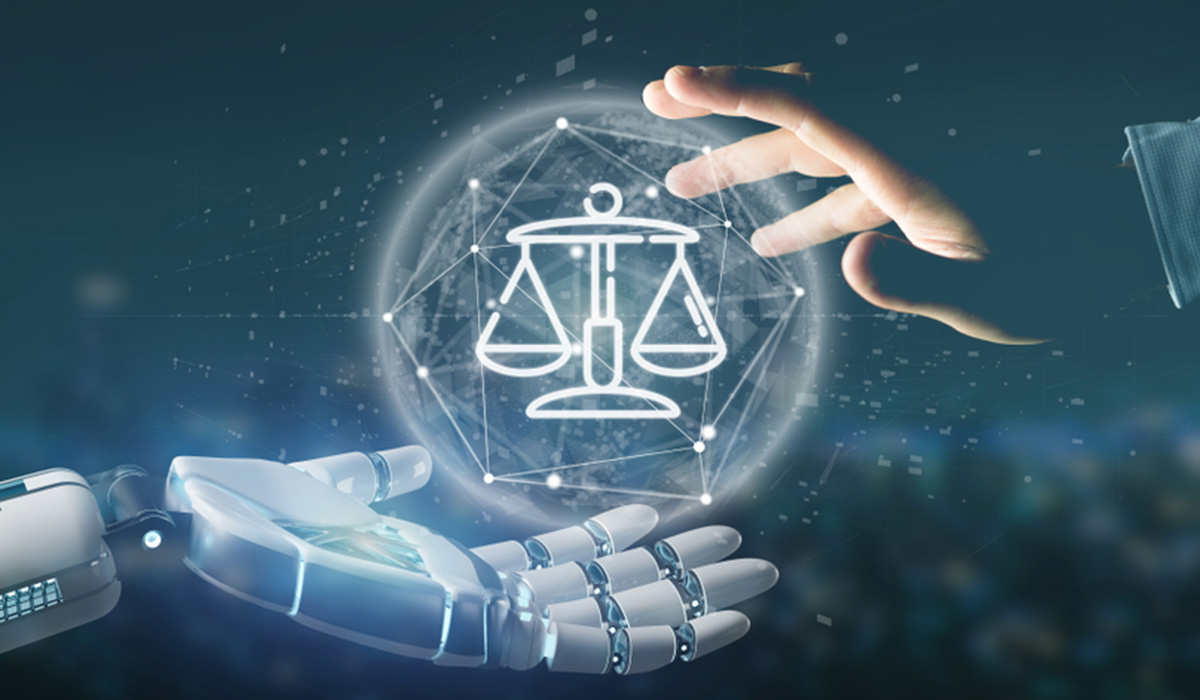2 min read.
According to recent developments regarding the regulatory laws pertaining to AI, the Cyberspace Administration of China (CAC) released their rules for those in the business of providing generative AI capabilities. While the document heavily emphasises on the provision of safety measures like IP protection, protection against discrimination, and transparency, it also calls for compliance to the laws of the state.
It is hard to deny the relation of AI to geopolitics This has led major countries to put AI regulatory developments in place. Let’s take a comparative look at China, USA, and EU’s approach to the development of AI.
China:
As mentioned above, China has taken a more serious approach to AI regulation, emphasising a top-down centralised control mechanism. The Chinese government has issued several AI-related laws and regulations, focusing on data security, algorithmic transparency, and national security. China's regulatory approach combines strict oversight with a push for innovation. It promotes the development of domestic AI capabilities while imposing tight controls on cross-border data flows, content censorship, and data collection practices.
United States (US):
The AI regulation in the United States is primarily focused on industry-specific guidelines and voluntary principles rather than comprehensive federal laws. Characterised by a distinctly decentralised and flexible framework, AI is regulated by various agencies, each responsible for specific sectors, such as the FDA for healthcare and the FAA for aviation. While there is an emphasis on encouraging innovation, recent discussions in Congress have aimed to enhance AI oversight, particularly concerning data privacy, security, and ethical use.
European Union (EU):
The European Union has adopted a balanced stance that regulates innovation alongside ethical considerations. The EU's approach centres around the development of AI regulations that emphasise transparency, accountability, and fairness. The proposed AI Act seeks to establish a unified framework for AI regulation across the European Union. It covers various AI applications, including high-risk systems in healthcare and transportation. The EU is particularly focused on ensuring that AI technologies do not discriminate, infringe on fundamental rights, or pose undue risks to individuals.
As major countries of the world navigate through the regulatory landscape concerning AI, it is interesting to see how they put measures in place for the rising demands and potential cross country conflict regulations.
Get in touch with Crowd for all your AI for business needs today.

